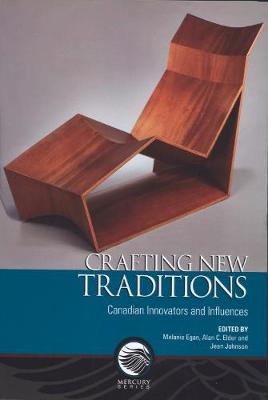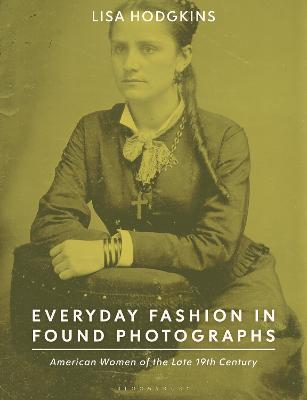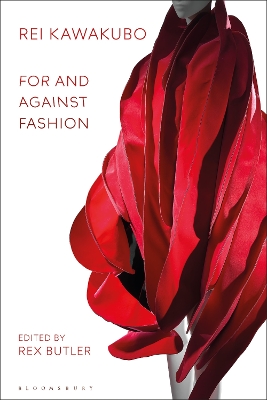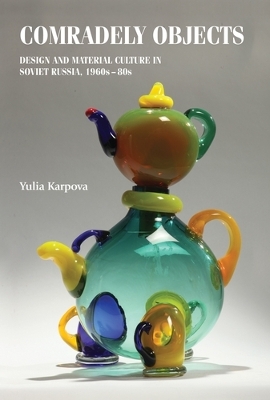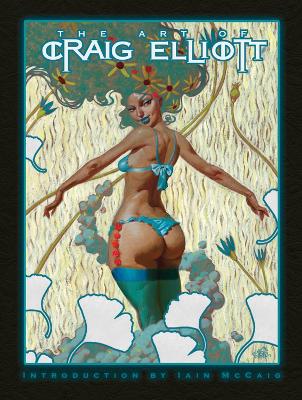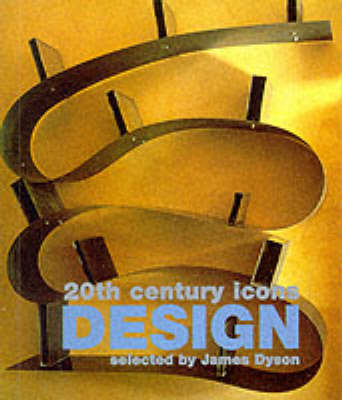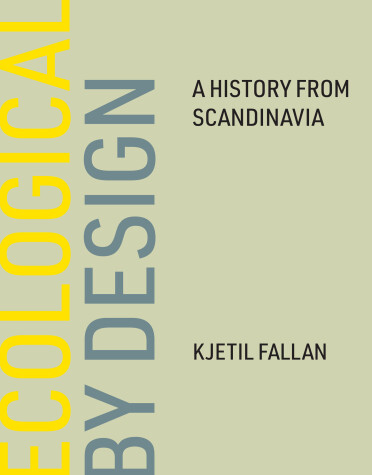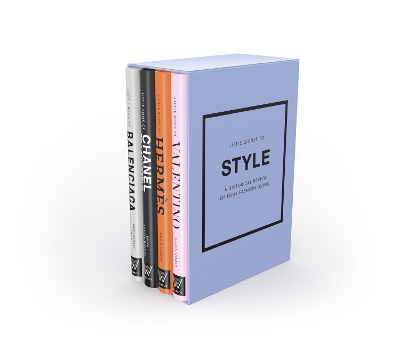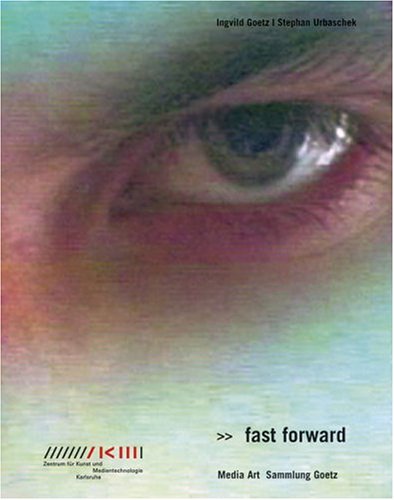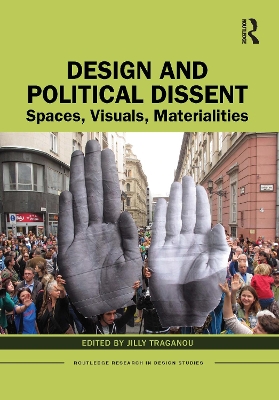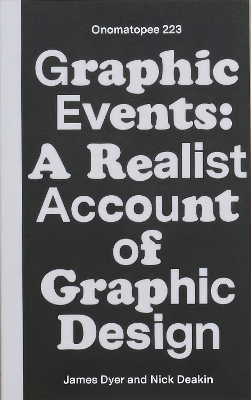Minimalist design has grown into a popular and timeless aesthetic due to its emphasis on uncluttered spaces and the exclusion of unnecessary elements, making it the perfect anecdote to the chaos of modern life. However, although it works across a variety of mediums––spanning visual identities and interiors––some may find its rigour and restraint too dull or lacking in character visually.As such, the maximalism movement has been gaining more and more momentum of late. Instead of extolling ‘less i...
Crafting new traditions (Mercury) (Mercury Series, Cultural Studies Paper, #84)
Crafting New Traditions brings together the work of eleven historians and craftspeople to address the two questions of "who has influenced the recent history of Canadian studio craft?" and "who will be considered as the 'pioneers' of Canadian craft in the future?" This book examines those innovators who have influenced five craft fields: ceramics, glass, metal, textiles and wood. Crafting New Traditions also includes five essays that look at recent leading-edge activity in the crafts.
In the last half of the 19th century, the women of America were beginning to develop their own sense of style. Although influenced by European fashions and the social and economic changes of the time, they made clothing choices based upon their personal aspirations and their practical everyday needs. Providing an overview of fashion influences for each decade from the 1860s to the end of the century, Everyday Fashion in Found Photographs presents iconic garments, using sources from the period,...
Elizabethan gowns, Renaissance finery and Fortuny pleats, as well as elaborate headpieces, cascading flowers and exquisite footwear, are all part of Isabelle de Borchgrave's oeuvre. The companion volume to a major museum survey, this book highlights three of de Borchgrave's most beloved series: Papiers a la Mode and the Fortuny and Medici collections. A special section focuses on the making of a new work inspired by a portrait in the collection of the Fine Arts Museums of San Francisco. Full-col...
The Woodcut in Fifteenth-Century Europe (Studies in the History of Art)
More than a generation before the invention of Gutenberg’s celebrated press, the new technology of image printing emerged. In this book, a distinguished group of scholars treats the earliest manifestations of printing in all aspects: technical experimentation, the complex relation of printed books to printed images, individual and institutional patronage, new iconographies, religious propaganda, and the wide variety of private and public ways in which printed images were first employed. The...
Rei Kawakubo
The Japanese fashion designer Rei Kawakubo of Comme des Garçons is undoubtedly one of the world’s major fashion designers. In 2017 she was the second living designer to ever be given a retrospective at the renowned Costume Institute of the Metropolitan Museum of Art in New York. Her work exerts an extraordinary influence over succeeding generations of designers and is a major point of reference for all those wishing to explore the place of fashion in contemporary culture.The 14 essays in this co...
Print magazine, one of the world's most revered graphic design publications, turns 75 in 2015. In celebration, AIGA medalist Steven Heller has curated a collection of 75 of the most compelling covers from the archives of Print magazine. In this book, he explores the covers' significance in both the design industry and history at large. You'll love this book if: • You want to know more about Print magazine's most iconic covers since 1940 • You appreciate striking design from some of the industry'...
Comradely Objects (Studies in Design and Material Culture)
by Yulia Karpova
The Russian avant-garde of the 1920s is broadly recognised to have been Russia’s first truly original contribution to world culture. In contrast, Soviet design of the post-war period is often dismissed as hack-work and plagiarism that resulted in a shabby world of commodities. This book offers a new perspective on the history of Soviet design by focusing on the notion of the comradely object as an agent of progressive social relations that state-sponsored Soviet design inherited from the avant-g...
Sébastien Mamerot. A Chronicle of the Crusades (Bibliotheca Universalis)
by Thierry Delcourt, Fabrice Masanes, and Danielle Queruel
Completed circa 1474, Sébastien Mamerot’s lavishly illustrated manuscript is the only contemporary document to describe several centuries of French crusades, when successive kings tried to seize the Holy Land. Jean Colombe, the medieval illuminator best known for his work on the Très Riches Heures du Duc de Berry, is the principal artist of its 66 exquisite miniatures.Les Passages d’Outremer (The Expeditions to Overseas) comprises 277 parchment folios, illustrated by Colombe and the finest calig...
A collection of the best personal, editorial and privately commissioned work by award-winning artist, Craig Elliott. Craig's carefully crafted and arresting images of nature and the human form have captivated audiences with their visual and intellectual celebration of the beauty in this world and beyond. Craig Elliott showcases the female form in original, evocative compositions. This collection is filled with lush, full colour finished images as well as preliminary sketches and studies and the...
How ecological design emerged in Scandinavia during the 1960s and 1970s, building on both Scandinavia’s design culture and its environmental movement. Scandinavia is famous for its design culture, and for its pioneering efforts toward a sustainable future. In Ecological by Design, Kjetil Fallan shows how these two forces came together in the late 1960s and early 1970s, when Scandinavian designers began to question the endless cycle in which designed objects are produced, consumed, discarded, an...
Treasury of Floral Designs and Initials for Artists and Craftspeople (Dover Pictorial Archive)
Subjectivity is one of the central issues of twentieth-century philosophy, literature and art. Modernism, which "discovered" the subconscious, put an end to the belief in the Cartesian Subject as the autonomous centre of knowledge and self-consciousness. Instead, the subject became something uncontrollable, unreliable, incomplete and fragmentary. The attempts to recapture the unity of the subject led to the existential quest and the flight into ideology (nazism, communism). Postmodernism, the cu...
In today’s globalized world, every aspect of our lives is affected by global interconnectedness from what we buy to what we eat to what we study – and the study of design history is no exception. Programs in art, architecture, and interior design are all facing the challenges of providing students with information from around the world. History of Interior Architecture: Furniture, Design, and Global Culture, Second Edition, (formerly titled History of Furniture: A Global View) covers the major h...
Explains how to apply designs to the surface of textiles by hand methods such direct dyeing, stencil printing, and needlework.
Little Guides to Style III
by Emma Baxter-Wright, Karen Homer, and Emmanuelle Dirix
Containing the stories of four legendary fashion houses, this collectable box holds a beautiful set of covetable style guides.Exploring four designers who exemplify elegance and high couture, these little books of fashion follow these brands from their creation, moving through their style evolutions, the key looks that define them and their impact on the fashion landscape today.Discover the story behind the Birkin with the Little Book of Hermès, the creation of red carpet elegance with Valentino...
David Jones: A Christian Modernist? (Studies in Religion and the Arts, #12)
David Jones: A Christian Modernist? is a major reassessment of the work of the poet, artist and essayist David Jones (1895-1974) in light of the complex, ambiguous idea of a 'Christian modernism'. His richly experimental and palimpsestic poetry, art and thought drew extensively on Christian tradition and symbolism as a key to the future: rejecting a technocratic and utilitarian modernity in favour of a revitalised culture of sign and sacrament. This volume examines historical influences on Jones...
Adversarial Design (Design Thinking, Design Theory) (Adversarial Design)
by Carl DiSalvo
In Adversarial Design, Carl DiSalvo examines the ways that technology design can provoke and engage the political. He describes a practice, which he terms "adversarial design," that uses the means and forms of design to challenge beliefs, values, and what is taken to be fact. It is not simply applying design to politics -- attempting to improve governance for example, by redesigning ballots and polling places; it is implicitly contestational and strives to question conventional approaches to po...
Design and Political Dissent (Routledge Research in Design Studies)
This book examines, through an interdisciplinary lens, the relationship between political dissent and processes of designing. In the past twenty years, theorists of social movements have noted a diversity of visual and performative manifestations taking place in protest, while the fields of design, broadly defined, have been characterized by a growing interest in activism. The book’s premise stems from the recognition that material engagement and artifacts have the capacity to articulate politi...
Graphics have a way of living that is often awkward and unplanned. We see it when they are ripped from walls, littered on streets and faded in shop windows. We wouldn’t say they are that way by design, however this everyday difference between graphics and their designs is underimagined in critical discourses. Graphic Events intensifies this difference in a montage of original essays and interviews that coax graphics into unfamiliar dialogues. Edited by James Dyer and Nick Deakin. Foreword...

